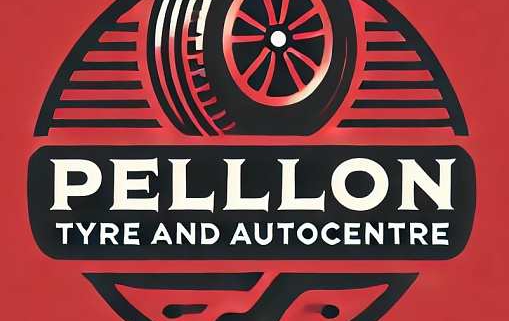Wheel Alignment-Orphaned Wheel Alignment Posts
Wheel Alignment explained
Refers to the angle at which the wheels on a vehicle are set in relation to the frame of the vehicle and to each other. Proper wheel alignment is important for several reasons:
- It helps ensure that the vehicle travels in a straight line. If the wheels are not aligned properly, the vehicle may pull to one side or the other, making it difficult to drive.
- It helps improve the handling of the vehicle. Properly aligned wheels allow the suspension and steering systems to work as they were designed, which can improve the vehicle’s stability and responsiveness.
- It helps extend the life of the tyres. When the wheels are misaligned, it can cause uneven wear on the tyres, leading to premature tyre wear and the need for frequent tyre replacements.
There are several factors that can cause a vehicle’s wheels to become misaligned, including hitting a curb or pothole, or simply wearing and tear over time. To check for proper wheel alignment, a technician will use specialized equipment to measure the angle of the wheels and make any necessary adjustments. This process is known as a wheel alignment service.
There are several factors that can cause a vehicle’s wheels to become misaligned, including hitting a curb or pothole, or simply wear and tear over time. To check for proper wheel alignment, a technician will use specialized equipment to measure the angle of the wheels and make any necessary adjustments. This process is known as a wheel alignment service.
Four-wheel alignment
Of course, is a process that involves adjusting the angles of the wheels on a vehicle so that they are perpendicular to the ground and parallel to each other. This is important because misaligned wheels can cause a variety of problems, including uneven tire wear, poor handling, and reduced fuel efficiency.
During a four-wheel alignment, a technician will use specialized equipment to measure the angles of the wheels and make adjustments as needed. The technician will typically adjust the front wheels first, and then the rear wheels. The process typically involves adjusting the camber, caster, and toe angles of the wheels.
Camber refers to the angle of the tyre in relation to the vertical plane. If the top of the tyre is tilted outward, it is said to have positive camber. If the top of the tyre is tilted inward, it is said to have negative camber.
Caster refers to the angle of the steering axis in relation to the vertical plane. If the steering axis is tilted toward the front of the vehicle, it is said to have positive caster. If the steering axis is tilted toward the rear of the vehicle, it is said to have negative caster.
Toe refers to the angle of the wheels in relation to each other. If the front of the wheels are pointed outward, it is said to have toe-out. If the front of the wheels are pointed inward, it is said to have toe-in.
Correcting these angles helps to ensure that the vehicle handles properly and that the tires wear evenly. Four-wheel is typically recommended every 12,000 to 15,000 miles or whenever the vehicle has been involved in a collision.

